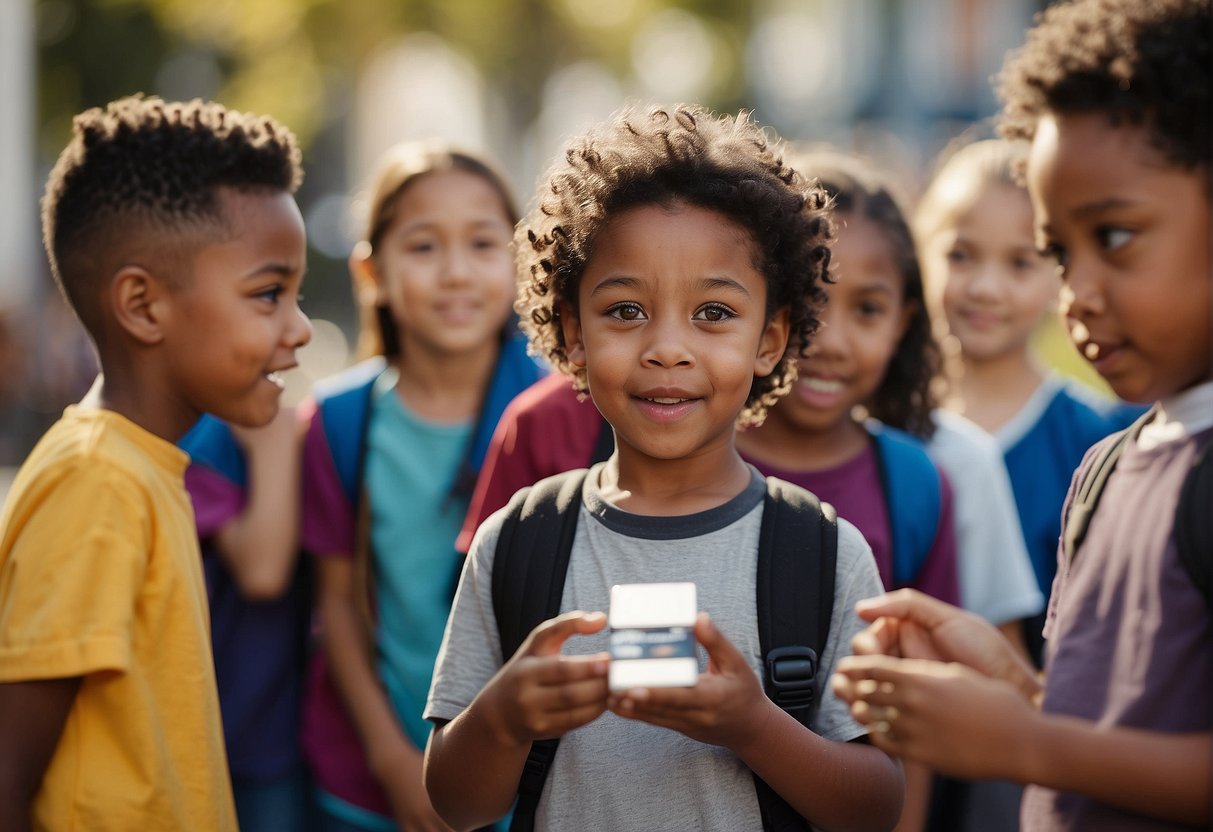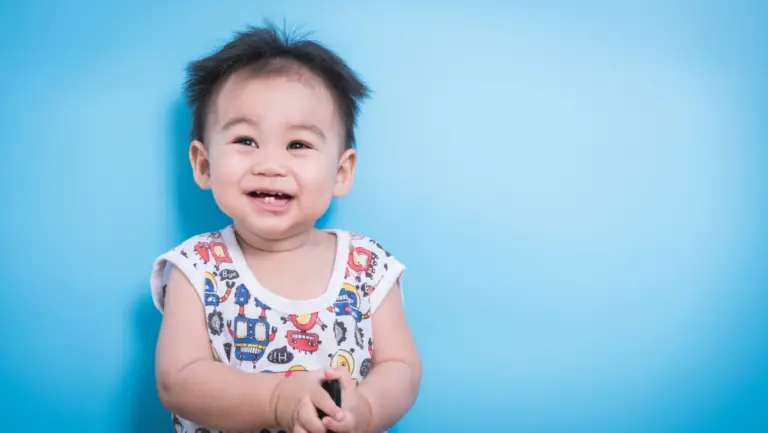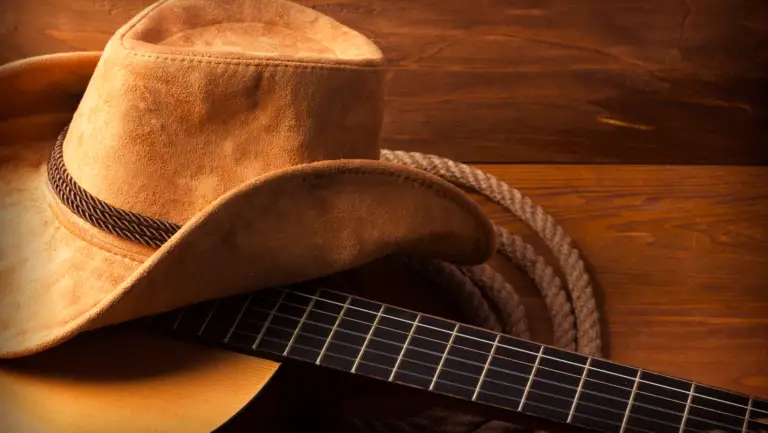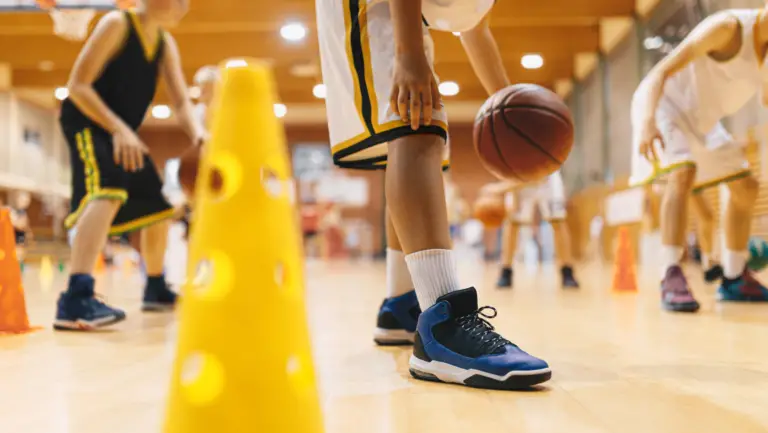Wondering what age can kids wear contacts? It’s a question on the minds of many parents as their children express interest in ditching glasses for something a bit less noticeable. The good news is that there’s no set age limit for contact lenses. Optometrists often agree that it’s more about maturity and responsibility than a number. So, if your child is keen on contacts and ready to handle the care they require, it could be time to explore this option. Let’s dive into what you need to know to help your child make the transition to contacts successfully!
Determining the Right Age for Kids to Wear Contacts

When considering if your child is ready for contact lenses, it’s essential to evaluate their maturity level, consult with an eye care professional, and understand the associated risks.
Factors Influencing Readiness
Your child’s age is just one aspect of their readiness for contact lenses. Responsibility is crucial, as wearing contacts involves a strict hygiene routine to prevent eye infections. Observing whether your child maintains good grooming habits and follows through with responsibilities at home can be good indicators of their readiness. A child’s ability to handle a prescription is also essential, as the cornea requires proper care when using contact lenses.
Consulting an Eye Care Professional
An eye doctor is your best resource to determine if your child’s eyes are physically prepared for contacts. Regular children’s eye exams will help assess the health of their cornea and whether their vision correction needs can be met with contact lenses. The eye doctor can also discuss options such as orthokeratology lenses, which are worn overnight to slow myopia progression.
Understanding Risks and Maturity Levels
It’s important to discuss the potential risks such as eye infections and the importance of proper lens care with your child. Assessing their maturity level is vital since even with the best prescription, mishandling of contact lenses can lead to serious problems. Age for wearing contact lenses varies, as some children might be ready at a younger age, while others may need more time to develop the necessary maturity to manage their contacts effectively.
Types of Contacts for Different Ages

When considering contact lenses for different age groups, it’s essential to understand that eye care professionals tailor contact lens types to a variety of needs and lifestyles. Here’s a simple breakdown to guide you:
Infants and Toddlers
In rare cases, such as congenital cataracts or other significant eye conditions, special custom contacts may be prescribed for infants by an ophthalmologist.
Young Children (Ages 8-12)
For young children, especially those engaged in sports, soft contact lenses are often recommended. These are easy to handle and can be more comfortable than glasses during physical activities. Options include:
- Daily disposable contact lenses: Easy to use and lower maintenance with no cleaning required.
- Silicone hydrogel lenses: Allow more oxygen to pass through to the cornea, which is good for children’s developing eyes.
Teenagers
Teens might prefer contact lenses for aesthetic reasons and sports. For those with myopia, myopia control lenses may be suitable:
- Dual-focus lenses: Designed to slow the progression of nearsightedness.
- Multifocal soft contacts: Help with both distance vision and reading up close.
Special Requirements
Some children may need gas permeable (GP) lenses, especially if they have conditions like keratoconus. GP lenses are more durable and can provide sharper vision but have a longer adaptation period.
Remember, your eye doctor will determine the best contact lens option based on your child’s lifestyle, prescription, and how well they can handle the responsibility of wearing and taking care of their lenses. Whether it’s daily disposables for ease of use or specialized lenses for myopia control, there’s a suitable option for most ages and needs.
Maintaining Contact Lens Hygiene and Safety

Wearing contact lenses safely hinges on adhering to good hygiene practices, which can greatly diminish the risk of eye infections. Parents play a pivotal role in ensuring their children understand and implement these practices effectively.
Guidelines for Clean Handling
- Always wash your hands thoroughly with soap and water before touching contact lenses.
- Dry your hands with a lint-free towel before handling your lenses to avoid irritation.
Cleaning and Disinfecting
- Use only the recommended contact lens solutions for cleaning and disinfecting your lenses. Avoid using water, saliva, or any other liquid as they can harbor harmful bacteria.
- Follow the instructions provided by your eye care professional for the correct use of cleaning and disinfecting products.
Insertion and Removal
- Learn the proper technique for insertion and removal to prevent damage to both your eye and the lens.
Preventing Infections
- Replace your lens case every 3 months, or as recommended by your eye care professional, to reduce the risk of contamination.
- Never sleep in contact lenses unless they are designed for overnight wear, as this can increase the probability of serious eye infections.
Lens Care Do’s and Don’ts
| Do’s | Don’ts |
|---|---|
| Disinfect your lenses as directed | Share your lenses with anyone else |
| Store lenses in a clean case | Swim with your contacts in |
| Replace lenses as recommended | Use expired solutions |
Good personal hygiene and proper lens care are essential benefits of contact lens wear and are your best defenses against bacteria and the possibility of developing a corneal ulcer. Remember, taking care of your contact lenses is taking care of your eyes.
Frequently Asked Questions
When considering contact lenses for children, several specific questions come to mind regarding safety, age appropriateness, and factors affecting their use. This section aims to address these concerns with clear, factual answers.
At what age is it safe for children to start wearing contact lenses?
Children’s eyes can tolerate contact lenses at a very young age, even infants in certain medical conditions. However, typically it starts from around 8-12 years old when they can handle the responsibility.
Are contact lenses suitable for young children, such as those under 10?
Yes, young children under 10 can wear contact lenses if they have good fine motor skills and parental support to assist with the application and care of the lenses.
Is there a recommended age for teenagers to begin using contact lenses?
While there is no set age, many teenagers start using contact lenses during their early teens as an alternative to glasses, depending on their maturity and readiness to handle the upkeep.
Can preteens safely use contact lenses for vision correction?
Pre-teens can safely use contact lenses if they are responsible and can manage their lens care with or without parental support, with some starting as young as 8 years old.
Are colored contacts appropriate for children, and if so, at what age?
Colored contacts can be worn by children, but just like clear lenses, they must understand the responsibility of proper lens care. No specific age is recommended, but maturity and maintenance capability should be assessed first.
What factors determine when a child can start wearing contact lenses?
Several factors, including the child’s ability to handle and care for contact lenses, their level of maturity, motivation to switch from glasses, and specific vision needs, help determine the right age to start wearing contact lenses.






